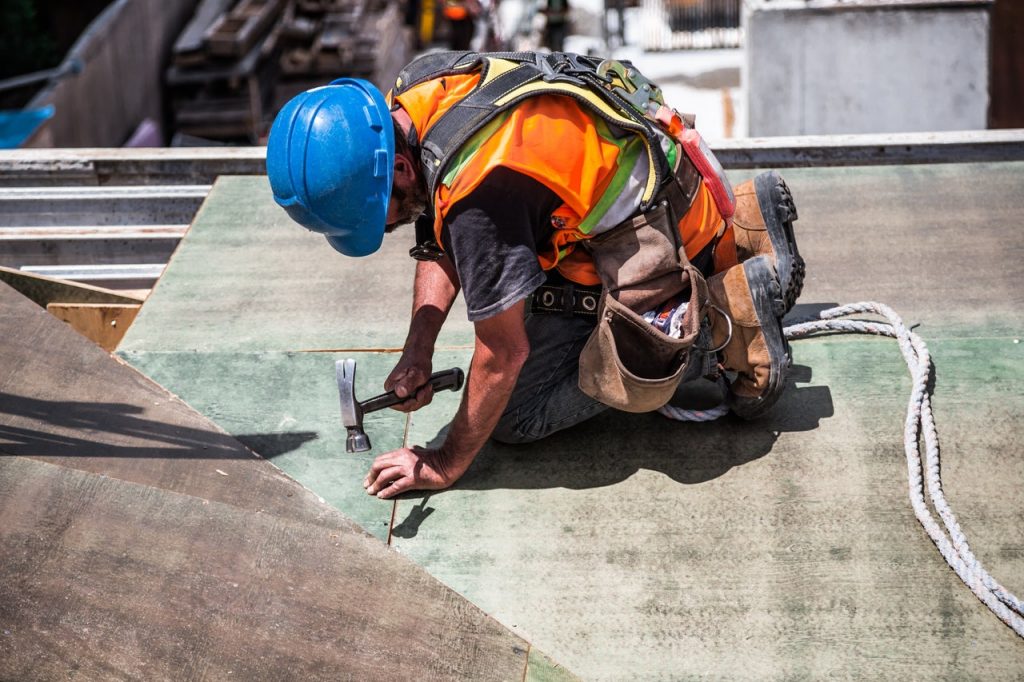Owning a water tank is great, but it also means you have to look after it. One of the things you need to do as part of your maintenance is to drain it. The reason why you need to drain it may be that there is unclean water or accumulated debris at the bottom of the tank, especially if it’s a big tank. The popular 5000-litre water tank can contain a lot of water – but also a lot of dirt! You might also need to clean the heater or to change it. All these things require draining of the water tank. So how do you do that? It’s actually a pretty simple step by step process, but there are a few things you need to keep in mind before getting started.
Cleaning a water heater is one of the ways to keep the water tank in good working condition. When the source of water at your place is a well, this might bring in hard water, leading to a deposition of scale, sulphur, iron, and salts of calcium and magnesium on the tank’s inner wall. But this doesn’t have to be a problem. If you keep cleaning the tank (which requires draining it), you can avoid these issues. Cleaning the heater also results in a more balanced energy bill (the amount of energy used might increase due to a clogged tank). The last thing you want to do is waste money. If you’re not careful with your tank, you might have to look for rainwater tanks for sale sooner than you would have liked! So look after your tank and it will last you a lifetime.
To make the draining easier, attach something like a garden hose to the drain valve. This will help direct the water to any nearby drain (like a floor drain, a bathtub or shower or outside.) You may need to install a pump if you have an underground water tank, to push the water against gravity, and direct it to a drain.
Also, in most cases, electric-powered hot water tanks do not need draining as it might lead to bacteria proliferation or faster rust formation in the tank. While the gas-powered heaters (propane and natural gas) should be flushed annually.
Utilize as much hot water as you can to avoid wasting water.
This is how you drain a hot water tank:
- Start with shutting off the water supply. This helps you avoid wasting too much water. Also, shut off the power source for the hot water tank (gas or electricity supply).
- Let the water cool off. The time it takes the water to cool off depends on the size of the heater. So make sure that you prepare for the draining process accordingly.
- Then, turn on any one of the hot water taps in your house. This helps you with two things – it lets in air in the tank by letting out the excess water in the pipes once you turn off the water supply and helps you make sure that there is no water remaining in the tank after you are done draining the tank and turn on the water heater in the end.
- Now, you need to turn on the drain valve. Make sure that you do so slowly to avoid scalding.
- Once the tank is emptied of hot water, make sure that you turn on the cold water tap and that too at full pressure.
This will help flush out any kind of remaining sediments from the tank. You can check the clarity of the water using a bucket by catching some of the water in it to check for sediments.
This also helps with the partial cleaning of the tank. Now, all you have to do is clean the tank properly. You can use the pressure of water to clean the pipes.
- Turn off the drain valve after making sure that the running water is clean.
- Fill your water tank. This is where the hot water tap comes into the picture again. Once the tank is full, the tap water will run normally, without any residual air.
- Turn off the tap. You are done with the draining and refilling of the hot water tank.
- Now, turn back on the power source.
If draining out is part of the maintenance manual, then you better do it as soon as you install the tank; because if you avoid the required flushing then it might damage the tank more.
